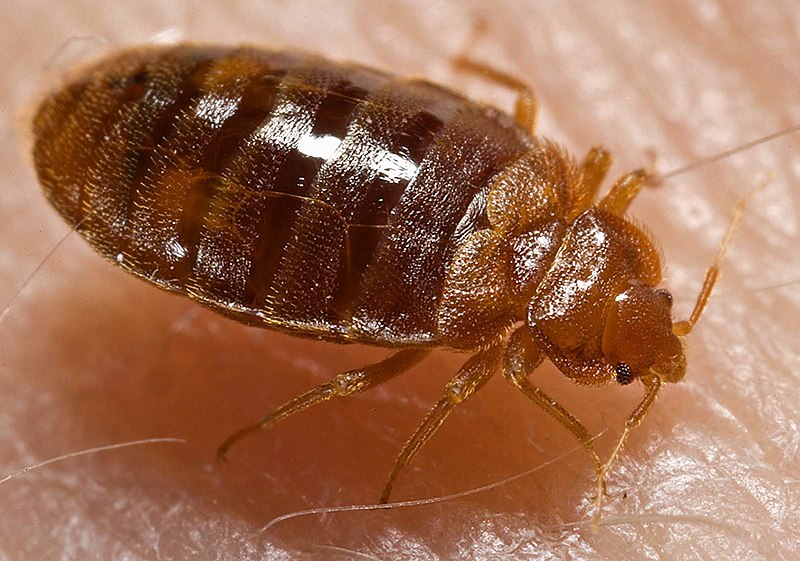Datoteka:Bed bug, Cimex lectularius.jpg

Veličina ovog prikaza: 800 × 561 piksela. Ostale razlučivosti: 320 × 224 piksela | 640 × 449 piksela | 1.024 × 718 piksela | 1.280 × 898 piksela | 1.600 × 1.122 piksela.
Vidi sliku u punoj veličini (1.600 × 1.122 piksela, veličina datoteke: 161 KB, MIME tip: image/jpeg)
Povijest datoteke
Kliknite na datum/vrijeme kako biste vidjeli datoteku kakva je tada bila.
| Datum/Vrijeme | Minijatura | Dimenzije | Suradnik | Komentar | |
|---|---|---|---|---|---|
| sadašnja | 16:11, 17. svibnja 2007. |  | 1.600 × 1.122 (161 KB) | Patho | == Summary == {{Information |Description=ID#: 9822 Description: This 2006 photograph depicted an oblique-dorsal view of a '''bed bug nymph, Cimex lectularius''', as it was in the process of ingesting a blood meal from the arm of a “voluntary” human h |
Uporaba datoteke
Na ovu sliku vode poveznice sa sljedećih stranica:
Globalna uporaba datoteke
Sljedeći wikiji rabe ovu datoteku:
- Uporaba na af.wikipedia.org
- Uporaba na an.wikipedia.org
- Uporaba na ar.wikipedia.org
- Uporaba na arz.wikipedia.org
- Uporaba na ast.wikipedia.org
- Uporaba na azb.wikipedia.org
- Uporaba na be.wikipedia.org
- Uporaba na bg.wikipedia.org
- Uporaba na bjn.wikipedia.org
- Uporaba na bn.wikipedia.org
- Uporaba na bs.wikipedia.org
- Uporaba na ca.wikipedia.org
- Uporaba na ca.wiktionary.org
- Uporaba na ceb.wikipedia.org
- Uporaba na cs.wikipedia.org
- Uporaba na cv.wikipedia.org
- Uporaba na dag.wikipedia.org
- Uporaba na de.wikibooks.org
- Uporaba na din.wikipedia.org
- Uporaba na el.wikipedia.org
- Uporaba na eml.wikipedia.org
- Uporaba na en.wikipedia.org
- Uporaba na en.wikinews.org
- Uporaba na en.wiktionary.org
Pogledajte globalnu uporabu ove datoteke.
